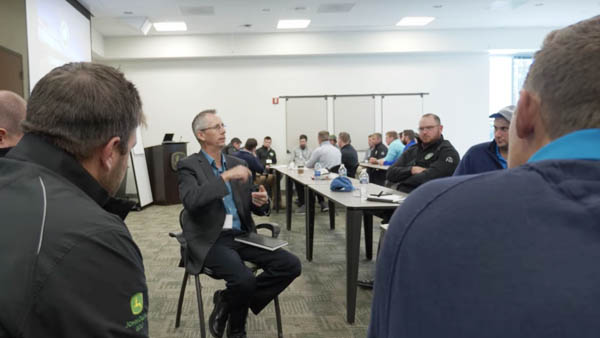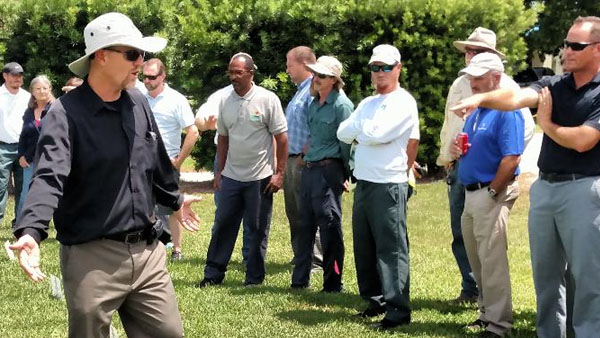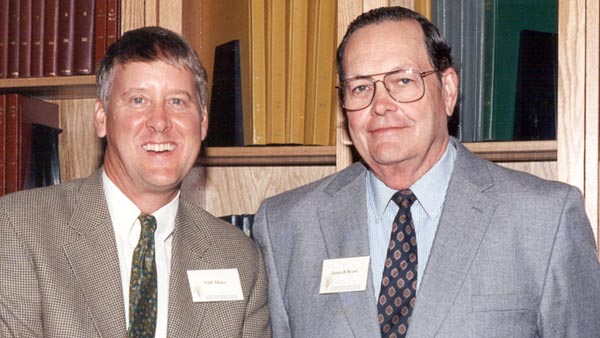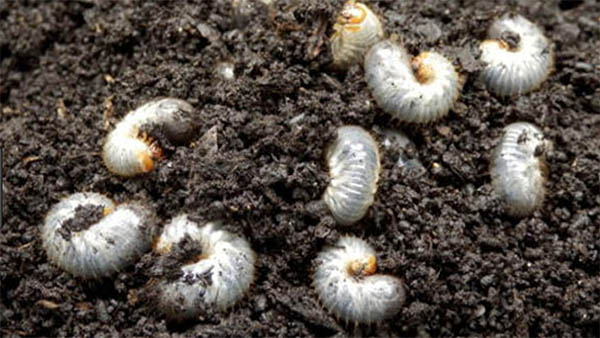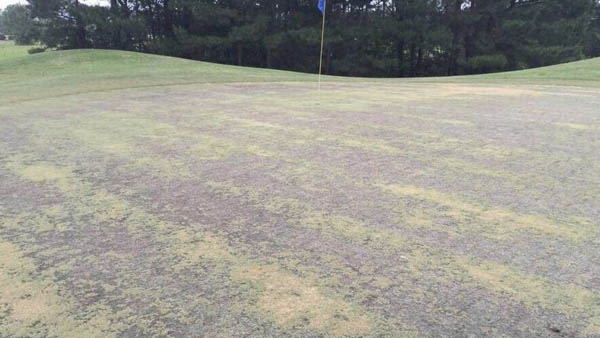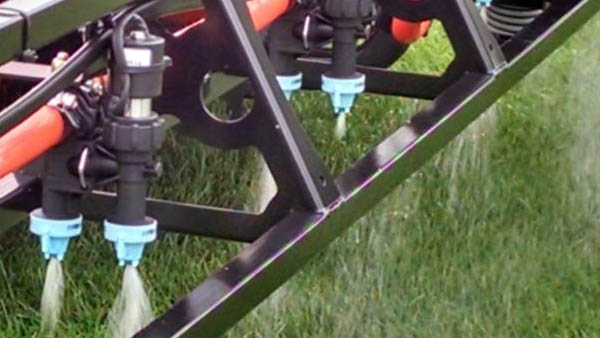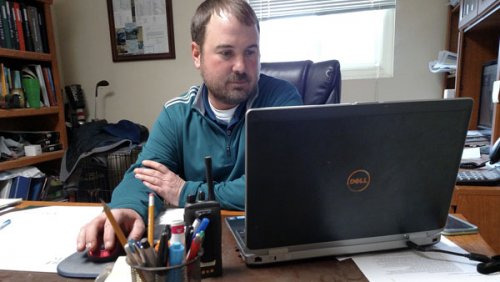
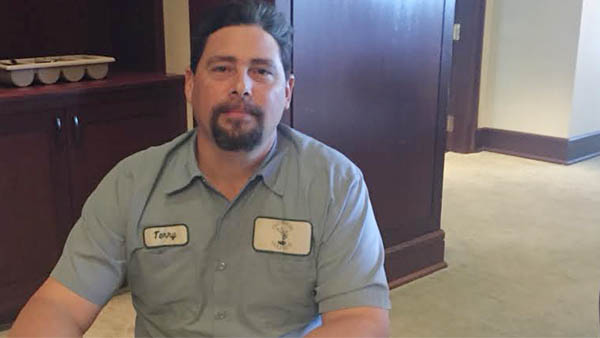
It's not often when you can have your equipment manager be as passionate about the golf course as much as the golf course superintendent. Terry Libbert is that individual."
Libbert has lasted as long as he has not only because of his passion but in part because of his ability to repair atypical pieces of equipment, including excavators and bulldozers, and helping his bosses manage water issues in an extremely sensitive environment that is closely monitored by the South Florida Water Management District as well as local and county water officials. "Terry Libbert has been with Old Marsh Golf Club for over 15 years, working with four different superintendents and every manufacturer of equipment," said Old Marsh superintendent Tony Nysse. "He's gone through two renovations and taken on maintenance for the homeowners association along the way. Terry is a staple of knowledge in regards to historical value and an overall knowledge of machines, engines, cars and pumps. Terry is, without hesitation, the glue that keeps both operations moving in the right direction." He has fabricated many inventions since Steve Ehrbar, now the superintendent at Jupiter Hills in Tequesta, hired him nearly two decades ago. His inventions include custom-sized brushing attachments welded to the back of traditional leaf rakes to simplify grooming fairway, and he rides the course nearly everyday to make sure all equipment is working properly and that what he sends out produces the desired conditions, said Al Clements, a former Old Marsh superintendent who today manages the turf at Pablo Creek Golf Club in Jacksonville. "I've had the privilege to work with many great technicians in my career, and Terry Libbert is one of the best in the business," Clements said. "He is a true team player who is not only passionate about his trade, but genuinely cares about the staff and the club." Previous winners include (2017) Tony Nunes, Chicago Golf Club, Wheaton, IL; (2016) Kris Bryan, Pikewood National Golf Club, Morgantown, WV; (2015) Robert Smith, Merion Golf Club, Ardmore, PA; (2014) Lee Medeiros, Timber Creek and Sierra Pines Golf Courses, Roseville, CA; (2013) Brian Sjögren, Corral de Tierra Country Club, Corral de Tierra, CA; (2012) Kevin Bauer, Prairie Bluff Golf Club, Crest Hill, IL; (2011) Jim Kilgallon, The Connecticut Golf Club, Easton, CT; (2010) Herb Berg, Oakmont (PA) Country Club; (2009) Doug Johnson, TPC at Las Colinas, Irving, TX; (2007) Jim Stuart, Stone Mountain (GA) Golf Club; (2006) Fred Peck, Fox Hollow and The Homestead, Lakewood, CO; (2005) Jesus Olivas, Heritage Highlands at Dove Mountain, Marana, AZ; (2004) Henry Heinz, Kalamazoo (MI) Country Club; (2003) Eric Kulaas, Marriott Vinoy Renaissance Resort, Sarasota, FL.
- Read more...
- 2,837 views


